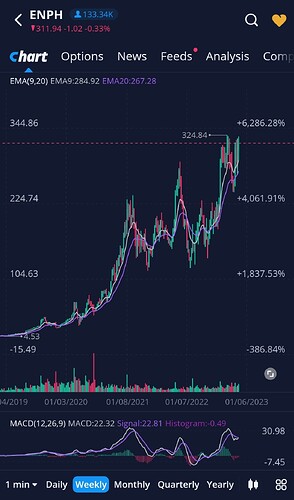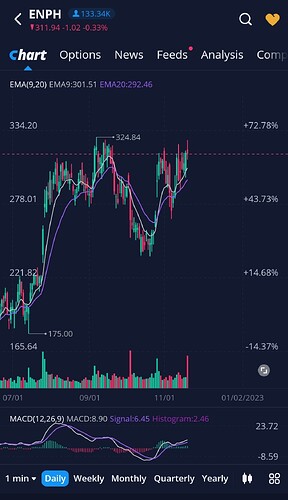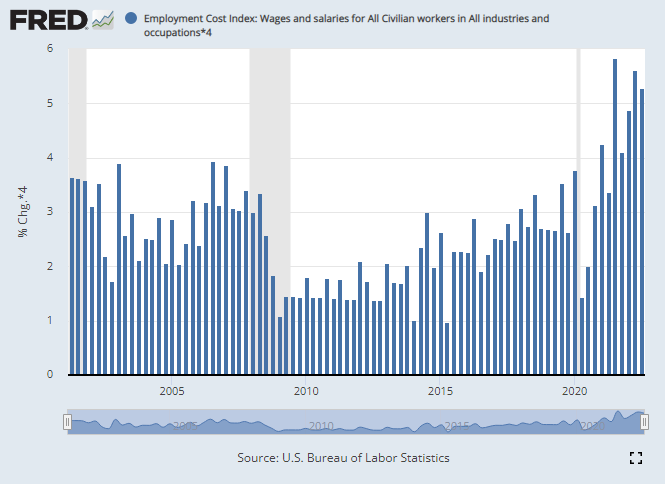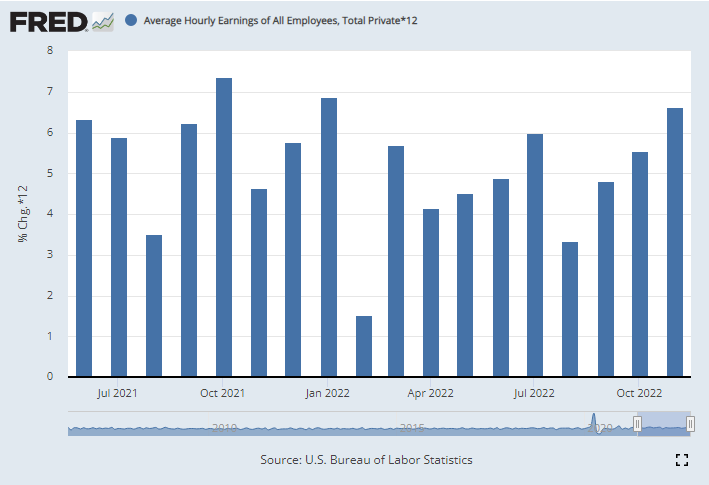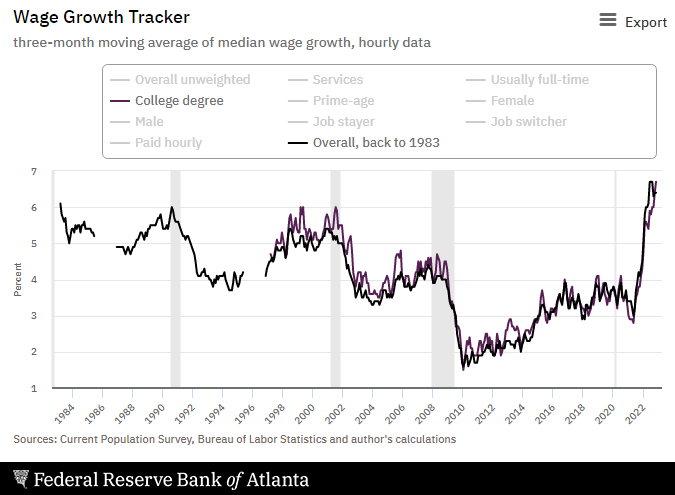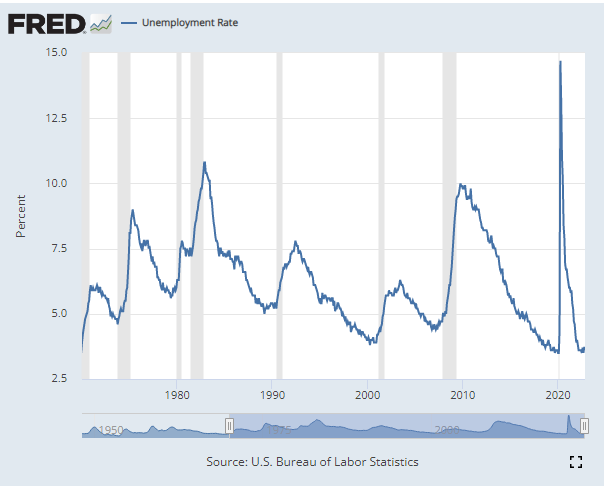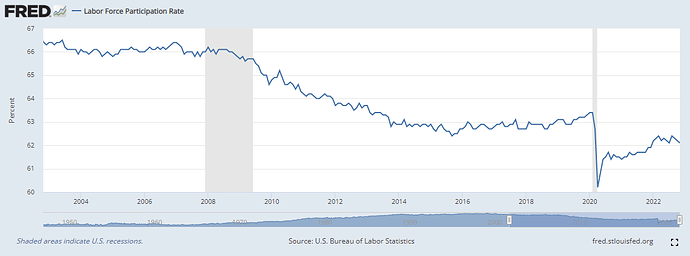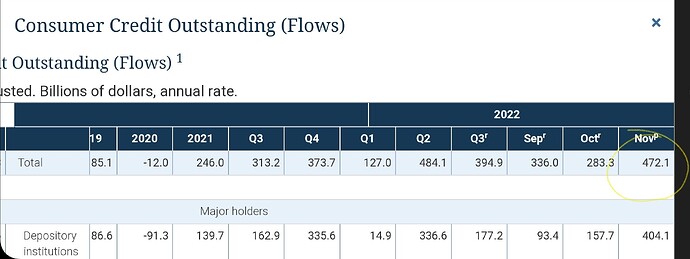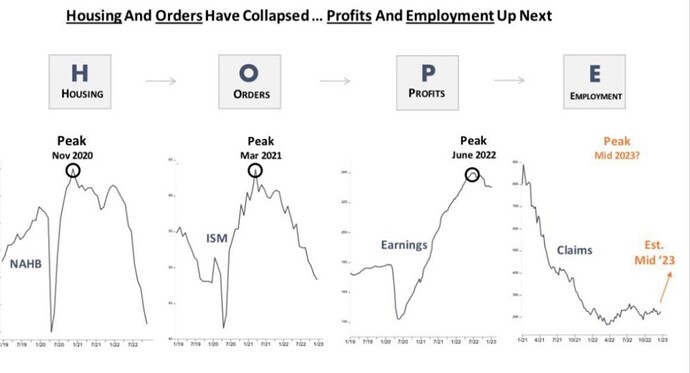Keeping an eye on ENPH - Enphase Energy this week. @macromicrodick had a great thread back in Sept on them (Thank you! Couldnt comment on that thread) I have been doing a little digging off and on over the weekend. Im not completely sold in either direction here but I do think we may have a play.
Enphase Energy plays in the solar/EV space primarily in residential applications. Power converters to charge your EV, solar equipment and software to monitor everything. From what I can tell it looks like a strong growing company in a strong growing sector, QoQ cash flow dipped a bit last quarter but overall the balance sheet looks fine, they do have a sizable amount of debt but also a strong cash position. The issue Im seeing may be their evaluation, even after their strong QoQ revenue and earnings growth forward P/E still sits at 64.
We would expect an elevated forward P/E in a company that has an optimistic long term growth outlook in a hot speculative sector but IMO this seems excessive.
We also have had a bit of insider selling recently.
Somewhere in between extreme euphoria and a great business with an optimistic future.
I dont think they will be immune from economic challenges but they do have material reasons to be bullish even if they are priced at a premium.
Im thinking for now Ill be watching this test of ATH’s currently happening and play it from there.
Im hoping we get a big move either way, either a big breakout over ATH’s or a strong rejection, possibly starting a sizable leg down. Keeping an eye on it, Im looking to play both directions but Im thinking upside will be limited to scalps only.
Thanks again @macromicrodick !

